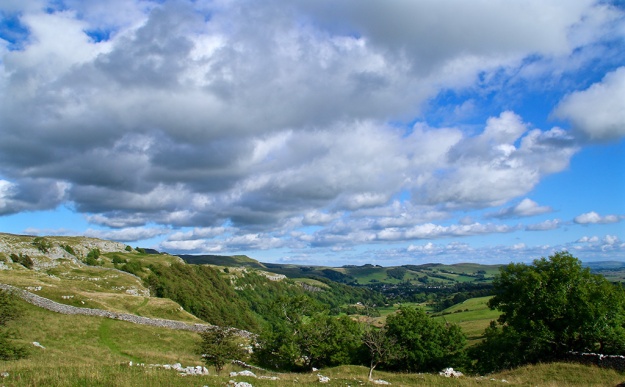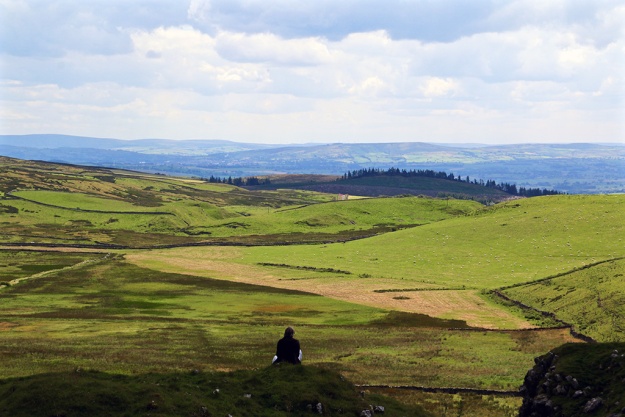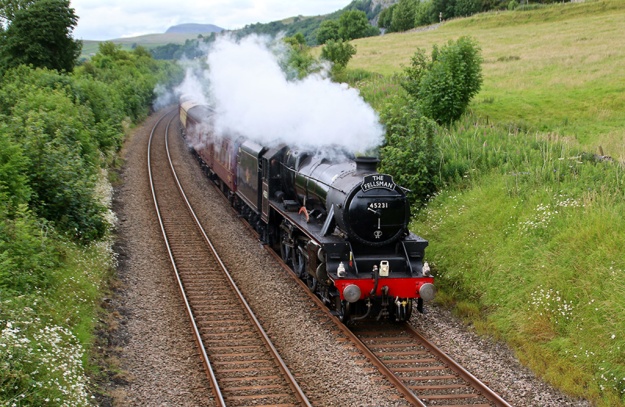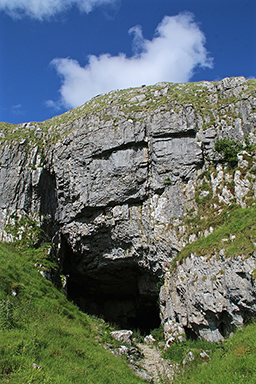 Thar’s gold in them thar Dales – tha knaws … there have been some glorious golden moments in the Dales over the last 12 months. By standing in the right place at twilight – with or without a camera – I’ve enjoyed many a memorable sunset scene here in the western Dales. I’ve dug out a few shots for this week’s blog:
Thar’s gold in them thar Dales – tha knaws … there have been some glorious golden moments in the Dales over the last 12 months. By standing in the right place at twilight – with or without a camera – I’ve enjoyed many a memorable sunset scene here in the western Dales. I’ve dug out a few shots for this week’s blog:





Tipping scum

One of my pet hates is fly-tipping. Whether found in the Dales or in towns and cities it’s disgusting and whenever I see such selfishness I will report it. Last week on my way to watch my football team in Huddersfield I saw a wagonload of discarded household goods dumped near the canal. I Tweeted about it and the story was followed up by the Huddersfield Examiner. I was there again yesterday and the rubbish had gone. So the understaffed local press still has some power and a part to play in the community. I wonder how long the trash would have stayed had it not been publicised – and how long before more is dumped there?
https://www.examiner.co.uk/news/west-yorkshire-news/huddersfield-town-fan-brands-fly-14290468
In 2015/16, the estimated cost of clearing of fly-tipping to local authorities in England was nearly £50 million. When councils are struggling to pay for schools and social services, this is such a waste of revenue. Added to this, the cost of fly-tipping on private land is estimated at between £50 – £150 million a year. Fly-tipping can attract an unlimited fine and up to 5 years imprisonment if convicted in a Crown Court yet this doesn’t seem to stop the criminals.
I know people will say that councils should stop charging residents for taking larger loads to their tips – I wonder if those same folk would complain if the £50m cost was added to the general rates? In many cases fly-tipping is carried out by rogue traders who charge customers for disposal but instead of disposing it properly just dump the rubbish on someone else’s doorstep. As I say, scumbags.
Dales Olympics

That youthful lad inside my head really wanted to sledge down this sloping track above Langcliffe. Alas, I think it would only have ended in tears and broken bones.




















































